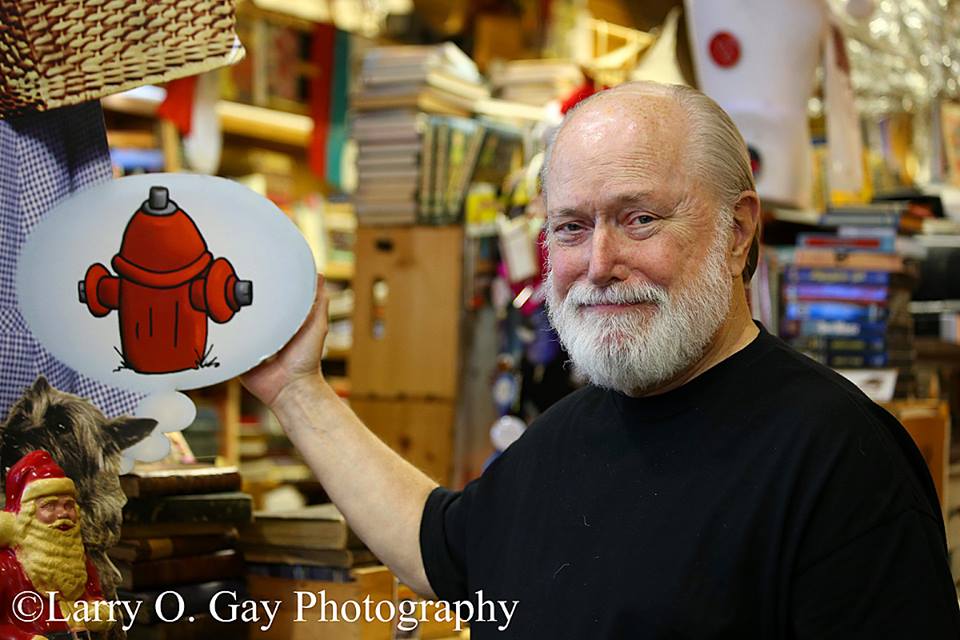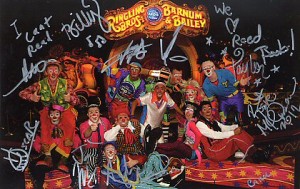Listen to Jim here: http://redclaydiary.com/mp3/standingonthecornerwatching.mp3
or read on…
“Oh, look at that poor man!” Mother says, as she and we kids wait on the corner, scanning the horizon for the next bus. Mother is referring to an elderly slow-trekking man with a wooden walking cane. He’s wending his way through the side-walkers who are in front of the Bama Theatre here in Tuscaloosa, circa 1950.
We’ve occasionally missed the bus because we like to spend our time observing people and critters as they wade through their private lives on the streets of Tuscaloosa. It’s more interesting than any downtown parade, more fascinating because you can select which of several simultaneous parades to enjoy.
There is the sidewalk parade passing by us bystanders.
Pedestrians, pets, strays, wheelchair-drivers, drunks, a beggar or two, all brush by each other following their personal destinies.
There is the wheeled and pedaled and hoofed parade on the paved street.
This day, In 1950, there are still mule-drawn carts now and then, weaving bicyclers, motor scooters and cars and trucks and buses and service vehicles and even an occasional leftover WWII jeep, pieced-together jalopies and hot rods and some hand-pushed food carts.
There are the indoor lookers gazing out at the bystanders and the dual parades.
Men sit lathered in barber shop chairs, women sit in shoe shops, watching wistfully through the window while bored clerks grapple with their feet, secretaries on lunch break look down from upper-story offices, roofers with metal pails lean over to watch the ants below, movie theatre ticket booth teens stare selectively at their strolling dream hunks and pin-ups, a smiling police officer greets everybody by name…
Then there are the watchers sitting in parked cars, observing us all through rolled down windows.
Two kids in a back seat count the number of passing ladies’ hats, a passenger-seat woman refreshes her lipstick and checks out the shoe styles of other sapiens, one sweating man turns his back to the sidewalk, his head under the hood of a steaming car, one teenager lounges on the roof of a pickup truck, waiting for his father to return from city hall.
There are the surprise paraders you don’t expect.
A man pokes his head up from a manhole in the center of the street and begins to struggle out. Driving drivers and the occupants of their vehicles gaze at the sidewalk parade, the bystanders and window-shoppers, the shadows of office workers near windows, all noting the milling behaviors on display in busy little T’town.
“Oh, my, look at her—isn’t she beautiful?” Mother exclaims about a smartly-dressed young woman, causing us to appreciate loveliness wherever it appears and the instant that it appears, as if each sighting could be the final one.
Back here in my home, many decades later, I realize that Mother’s gift to us kids is the gift of observation—more than that, the gift of appreciation—and the ability to find something special about everybody, even those every-bodies who don’t seem to deserve it. There’s always something.
Whenever I’m in an audience, I have the impulse to turn about and face that audience. I’d prefer to watch them watching the event than to watch the event itself. Even when I’m the event itself, I get a kick out of standing on stage talking or performing while secretly viewing the audience viewing me. They always have more to say than I.
Wish I could take you back to the streets of Tuscaloosa back in the day, just for an hour. I think we would have a ton of fun watching the watching watchers
© 2013 A.D. by Jim Reed

